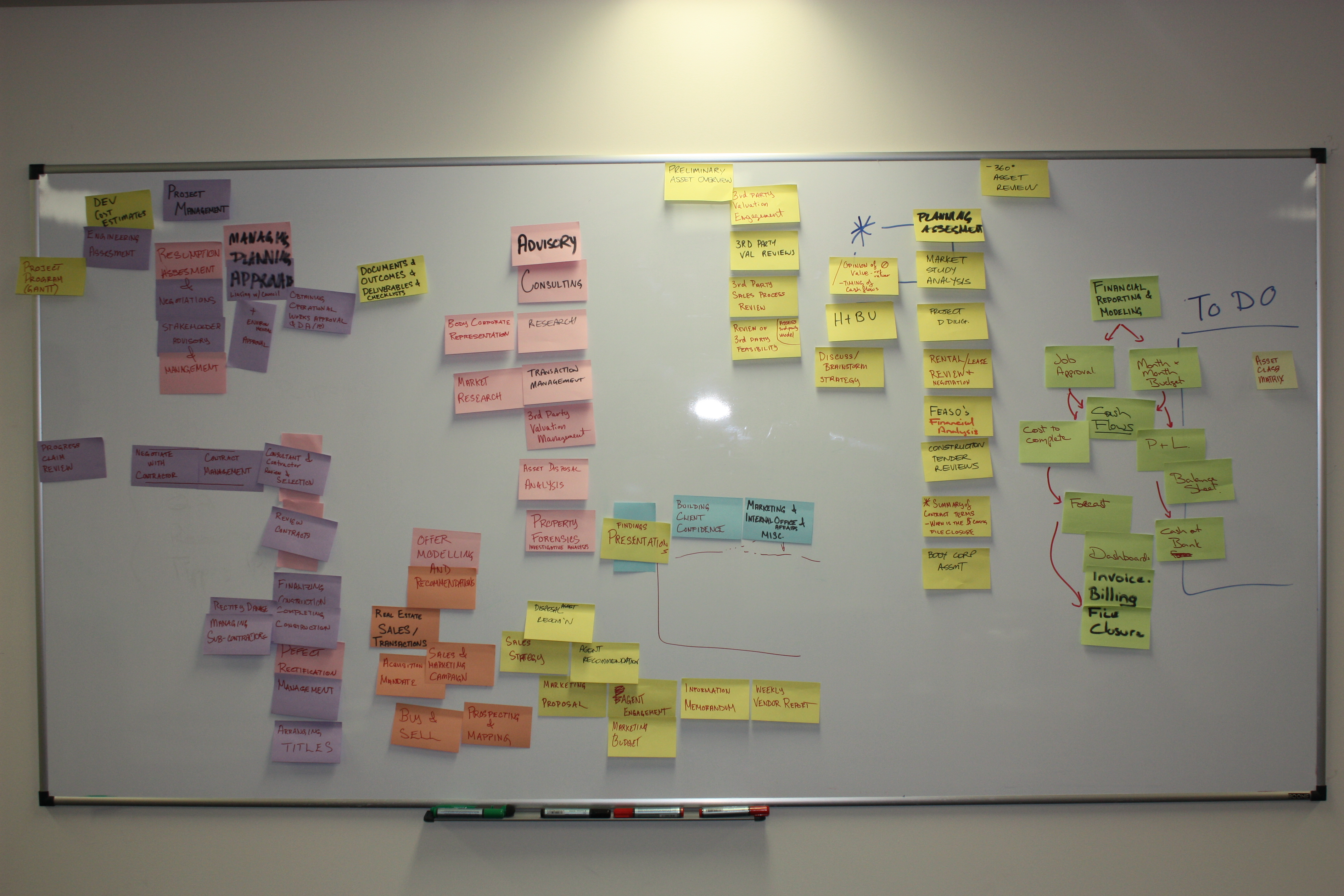One of the college students I work with recently emailed me this:
“I need to produce an outline for a term paper this semester (completing the outline is an actual assignment, due Monday, April 7) and I would like to meet for your assistance on that. We do not have to worry about quickly moving past the outline, like we did on that last paper. I also plan to meet with the professor Monday and Wednesday mornings to discuss overall concerns with the paper beforehand and get a better idea on how to proceed.”
I need to produce an outline for a term paper
Let me set the stage
The kid is smart. Ten times as smart as I am. In fact, I never understand the content he’s studying- it’s beyond me. This paper was about industrial mobilization in America during WWI and the developing relationship between government and business. I don’t even know what that means, but I do know how to help struggling students organize ideas and write papers.
So here’s the problem with writing papers
Kids get great ideas and want to vomit them onto paper immediately. The paper goes in too may directions and becomes muddy/unfocused. Recovering from this mess requires a lot of backpedaling which is tedious, frustrating, discouraging, lowers motivation and diminishes interest in writing. There are a lot of details to manage when writing papers, and struggling students notoriously aren’t great with details.
In the case of this student, I had him get out all his ideas verbally. I asked questions, listened and typed a mess of notes as he spoke. Then I helped him reel it in. This was no easy task because the notes were all over the place. But since I listened from an outside perspective, I could hear his key points pretty clearly. These eventually became the thesis and section headings. We were able to make an extensive outline that flowed well. Now he can copy the outline, fill in the sections, revise and edit from there. Much better!
Things to consider
In order to better help students who struggle with writing papers, here are 4 things to consider:
1. Processing
Right brained kids process differently. They’re not concrete, linear, sequential, step by step, detail oriented, black & white thinkers, and they don’t follow rules/structures the same way. They’re abstract, big picture, global thinkers, creative, inventive, imaginative, intuitive, random, and their thoughts weave all over the place, jumping from from topic to topic.

When writing papers they need clear structure and they need it chunked down into manageable steps. Writing a paper isn’t just writing a paper. It’s many details; thinking of ideas, discussing, daydreaming, planning, outlining, narrowing the topic, drafting, making a cover page, editing, revising, remembering to write and not wait until the last minute. Even turning it in is a step that can be hard. Contemplate the individual’s needs. I ask students what they need to in order to write the paper they want to write and really listen to the response. I’m always impressed by how well they can articulate it when the question is posed.
2. Planning
Planning (aka prewriting) is the most important part of the writing process and ironically it’s the most neglected part. Plan, plan, plan. Teach kids to outline, brainstorm, daydream, talk out ideas, make story boards, lists, webs. Get them planning how they want their papers to go. The 3 most important questions:
- Who specifically is your audience? (a great exercise is to write “to” one specific person)
- What specifically is your purpose? (What do you want the reader to feel, think or do?)
- How do you plan to meet that purpose?
Then plan. A lot.

3. Time
However long you think writing should take, double or triple your estimate. It’s a craft. Having said that, if a student is getting burnt out, you MUST reevaluate or they will learn to loathe writing, which is terrible. We want to empower students to LOVE the art of writing.
I recommend kids take large writing blocks to savor the process, sometimes 2-4 hours. Plan in breaks and snacks and such, but eliminate electronics, open tabs, games. Basically, create the ultimate writing environment, and honor it. Dive into the process, it takes time. This is where the magic happens.
4. Fun
Meaningless writing assignments, standardized tests and busywork put out the fire. Ignite and inspire. Have fun. Be light, don’t take it too seriously. Writing is a gift, a magical tool of communication, an art, an expression. Kids love to write when they feel like authors, when they feel like their ideas matter. That’s where we can support them best.
Back to the student
I emailed to see how it was going. Here is his response:
“All is well! Got a 10/10 on my outline and apparently only 3 others out of 15 or so students did, so I’m very grateful to you for helping. Presentation also went well, and I got a stupid Roman art project done that was worth a quarter of my grade. So now I’m starting to expand my outline and I’ll probably get to writing draft on Wednesday.”
So it works. Understand that right brained learners have different needs, get them to plan thoroughly, plan large blocks of time to honor the craft, and have fun!